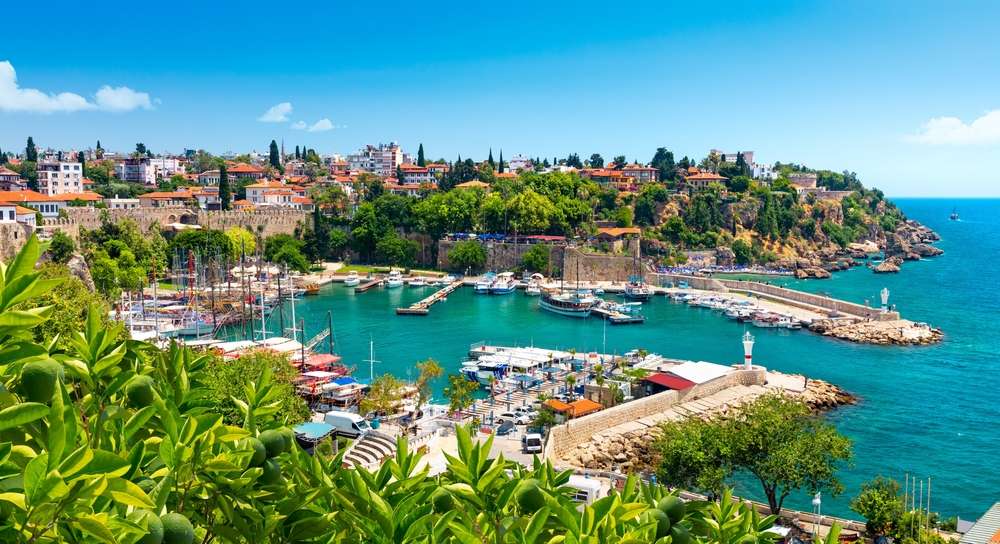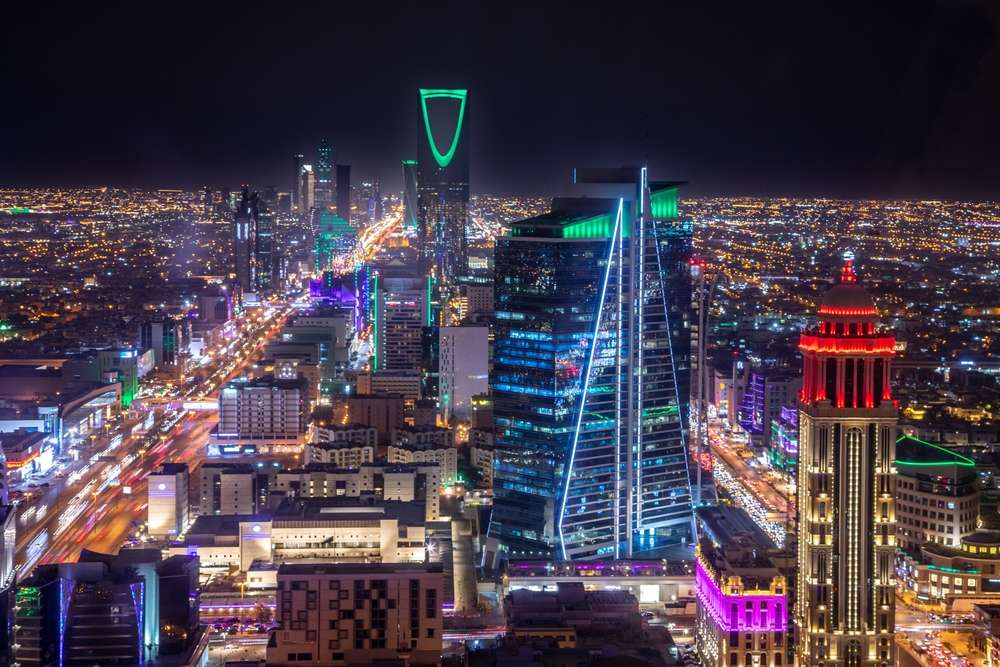India, a land of diverse climates and landscapes, undergoes a dramatic transformation during the monsoon season. The monsoon, characterized by heavy rains and lush greenery, breathes new life into the country’s flora and fauna, creating a magical ambiance that is unique to this time of year. For travelers, the monsoon season offers an opportunity to experience India in a new light, away from the usual hustle and bustle, with fewer crowds and a more serene environment. This article explores the best time to experience the monsoon magic in India, highlighting the regions and activities that come alive during this enchanting season.
Understanding the Monsoon in India
The Monsoon Cycle
India’s monsoon season typically begins in early June and lasts until late September. The season is divided into two main phases:
Southwest Monsoon: This phase starts in early June, entering the subcontinent through the western coast, particularly Kerala, and then spreads across the country. The southwest monsoon brings the majority of India’s annual rainfall and peaks between July and August.
Northeast Monsoon: Occurring from October to December, the northeast monsoon primarily affects the southeastern regions of India, including Tamil Nadu, Andhra Pradesh, and parts of Karnataka. This phase brings less rainfall compared to the southwest monsoon but is crucial for these regions.
Indian Visa Application for Tourist Visa
Climate Variability
While the monsoon generally follows a predictable pattern, the intensity and duration of rainfall can vary significantly from year to year and across different regions. Factors such as geographical location, altitude, and proximity to water bodies influence the local climate during the monsoon.
Best Regions to Experience Monsoon Magic
Kerala: God’s Own Country
Kerala, located on the southwestern coast of India, is one of the first states to receive monsoon rains. The state’s lush landscapes, backwaters, and beaches become even more enchanting during this season.
Best Time to Visit: June to September
Monsoon Highlights:
Backwaters of Alleppey: Cruising through the tranquil backwaters on a houseboat during the monsoon is an ethereal experience, with the rain adding a soothing soundtrack to the journey.
Athirapally Waterfalls: Known as the “Niagara of India,” these waterfalls swell with rainwater, offering a spectacular view and a refreshing atmosphere.
Wayanad: This hilly region is perfect for trekking and exploring its dense forests, tea gardens, and wildlife sanctuaries, all rejuvenated by the monsoon rains.
Goa: A Coastal Paradise
While Goa is famous for its beaches and vibrant nightlife, the monsoon season reveals a quieter, more serene side of this coastal state.
Best Time to Visit: June to August
Monsoon Highlights:
Dudhsagar Waterfalls: This majestic four-tiered waterfall is at its most impressive during the monsoon, with torrents of water cascading down from a height of over 300 meters.
Spice Plantations: The lush greenery of Goa’s spice plantations becomes even more vibrant during the monsoon, offering guided tours and tastings of fresh spices.
Monsoon Festivals: Events like Sao Joao (the Feast of St. John the Baptist) and the Bonderam festival in Divar Island bring a festive atmosphere with music, dance, and traditional games.
Meghalaya: The Abode of Clouds
Meghalaya, which means “the abode of clouds,” is renowned for receiving some of the highest rainfall in the world, making it a perfect destination to experience the monsoon.
Best Time to Visit: June to October
Monsoon Highlights:
Cherrapunji and Mawsynram: Known as the wettest places on earth, these towns offer breathtaking views of rain-soaked landscapes, living root bridges, and numerous waterfalls like Nohkalikai and Seven Sisters.
Living Root Bridges: The unique living root bridges, created by the Khasi tribes using the roots of rubber trees, are best viewed during the monsoon when they are surrounded by lush greenery and flowing streams.
Shillong: The capital city transforms into a misty haven, with scenic spots like Elephant Falls, Umiam Lake, and Laitlum Canyons offering mesmerizing views.
Rajasthan: The Desert Blooms
While Rajasthan is often associated with arid deserts and scorching heat, the monsoon season brings a welcome respite and a unique charm to this royal state.
Best Time to Visit: July to September
Monsoon Highlights:
Udaipur: The city of lakes becomes even more picturesque during the monsoon, with the lakes overflowing and the surrounding Aravalli Hills turning green. Monsoon Palace offers a panoramic view of the rain-soaked city.
Mount Abu: Rajasthan’s only hill station, Mount Abu, becomes a cool and refreshing retreat during the monsoon, with attractions like Nakki Lake and the Dilwara Temples surrounded by mist and greenery.
Keoladeo National Park: This UNESCO World Heritage site in Bharatpur sees an influx of migratory birds during the monsoon, making it a paradise for birdwatchers.
Western Ghats: A Biodiversity Hotspot
The Western Ghats, a UNESCO World Heritage site, stretch along the western coast of India and are known for their rich biodiversity and stunning landscapes, which come alive during the monsoon.
Best Time to Visit: June to September
Monsoon Highlights:
Munnar (Kerala): Famous for its tea gardens, Munnar’s lush green hills and valleys are a sight to behold during the monsoon. The Eravikulam National Park and Anamudi Peak are must-visit spots.
Coorg (Karnataka): Also known as Kodagu, Coorg’s coffee plantations, misty hills, and waterfalls like Abbey Falls and Iruppu Falls are at their most beautiful during the monsoon.
Mahabaleshwar (Maharashtra): This hill station is known for its strawberries, scenic viewpoints, and waterfalls like Lingmala Falls, all of which are enhanced by the monsoon rains.
Monsoon Travel Tips
Planning Your Trip
Weather Check: Always check the weather forecast and be prepared for sudden changes in weather conditions.
Accommodation: Book your accommodation in advance, especially in popular monsoon destinations, as some places may have limited availability during this season.
Travel Insurance: Consider purchasing travel insurance that covers cancellations and delays due to weather disruptions.
Packing Essentials
Rain Gear: Pack waterproof jackets, umbrellas, and quick-drying clothes to stay comfortable during sudden downpours.
Footwear: Opt for waterproof and non-slip footwear to navigate wet and slippery surfaces.
Medication: Carry essential medications, including those for allergies and infections, as the humid climate can sometimes trigger health issues.
Safety Precautions
Stay Informed: Keep yourself updated on local news and weather reports to avoid areas prone to landslides and floods.
Respect Nature: Follow local guidelines and respect the natural environment. Avoid venturing into restricted areas or during heavy rains.
Conclusion
The monsoon season in India is a time of renewal and rejuvenation, transforming the country’s landscapes into verdant paradises. From the lush backwaters of Kerala and the tea gardens of Munnar to the vibrant waterfalls of Meghalaya and the serene lakes of Udaipur, each region offers a unique experience of the monsoon magic. By planning your trip carefully and taking the necessary precautions, you can immerse yourself in the beauty and tranquility of India’s monsoon season, creating unforgettable memories of this enchanting time of year. Whether you seek adventure, relaxation, or cultural exploration, the monsoon season in India promises a rich and diverse experience that will leave you spellbound.
More articles: Exploring the Scenic Landscapes of Meghalaya India



